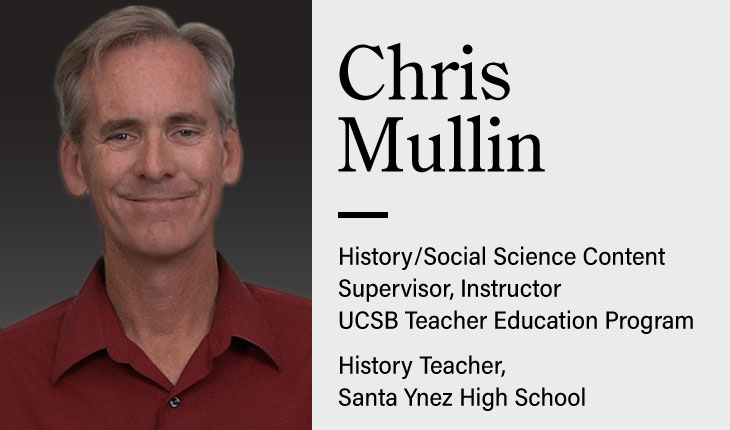Grades: 8, 11
Course: American History
Focus: After becoming president in 1801, Jefferson attempted to shape America into an extensive democracy based on the noble character of hardworking small farmers. He wanted to shift the nation away from Hamilton’s focus on banking, shipping, and urbanization, believing instead that America drew strength from agricultural life. He also attempted to reduce federal power, military build-up, federal debt, and international activity, preferring to give attention to domestic policy and states’ rights. Nevertheless, external events and opportunities, such as the Tripolitan War, British abuse of American shipping, and the purchase of the Louisiana Territory all nudged Jefferson in a direction that made him continue at least some of the Federalist approaches of the previous decade. In some cases, he even rejected the theoretical positions he had previously promoted in the face of practical demands.
Outcomes: Students will be able to describe Jefferson’s expressed vision for America and the role of the federal government and compare that vision to his actual actions as president.
This free resource is brought to you by:

This lecture is part of ABC-CLIO’s Ideas Worth Sharing series, a collaboration with leading educators to bring you ready-to-use instructional materials ideal for distance learning.




